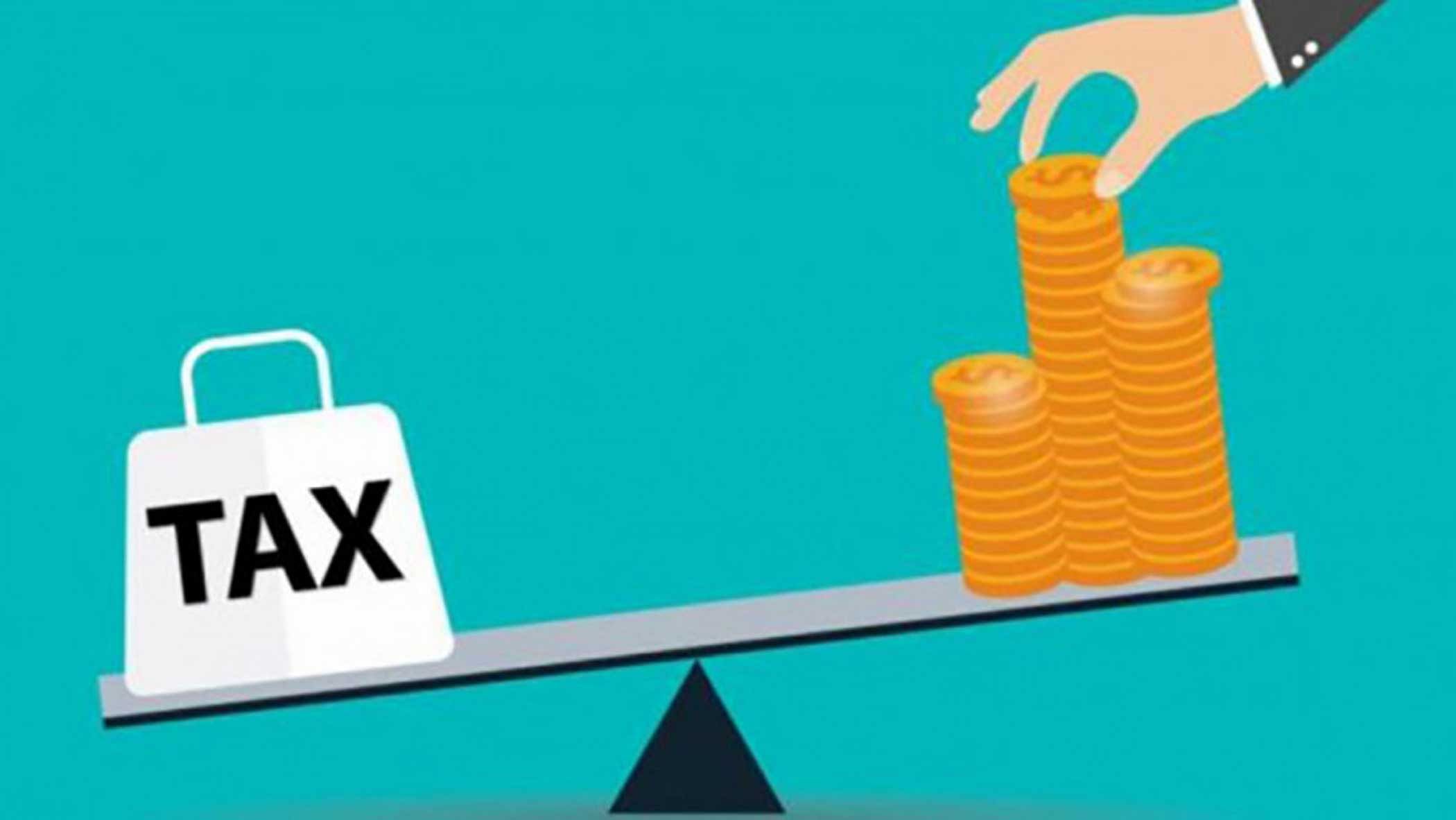Little Yet Powerful, Indians In US comprises of only 1.5% Population Yet Pay $250-300 billion income tax to the US Economy
Indians in India paid nearly 19 lakhs crore in Income taxes last financial year whereas, Indians in US paid approximately 13 lakhs crore.

A Comparison Between Taxes Paid by Indians in India v/s Indians in US
Indians in the US comprise only about 1.5% of the population but have marked a significant economic impact and contribute nearly 5-6 percent of income tax. In other words, it means the Indians in the US pay approximately $250-300 billion income tax in the US, according to a report by Indiaspora and Boston Consulting Group (BCG).
A US lawmaker from Georgia praised the Indian-American community in his first speech. He said, ‘Although they make up about one percent of American society, they pay about 6 percent of the taxes.
He also added that Indians are the top producers in America and don’t cause any trouble while following the laws.
McCormic, a Republican also mentioned that one out of five doctors in his community belongs to India.
He said, “Indian represent some of the best citizens we have in America, we should make sure that we streamline the immigration process for those who come here to obey the law and pay their taxes be the most creative and productive in society.”
Notably, Indians play a major role in the world’s largest economy.
However, only 1.6 percent of Indians pay income tax in the country. It reflects the high income earners are only few in the country.
Similarities and differences in tax system in India and United States
It is the duty of the government to provide essential resources and services to the citizens of its country to thrive. In return, the citizens usually pay tax, a portion of their annual income to government so that it can run operations in an effective and smooth manner. However, it differs from country to country, depending on the needs and functions.
However, both countries India and US follow progressive tax system. It completely dependent on an individual ability to pay, the tax rate increases if the person’s income increases.
Thus, people with lower income have to pay less tax whereas people with higher income have to pay more taxes.
Tax Slabs
Both the countries India and US has divided the tax rates on the basis specific categories.
In India, tax categories are known as ‘tax slabs’ which are based on the age of the individual.
- Individuals up to the age of 60
- Individuals above the age of 60
- Individuals falling in age bracket between 60 and 80
Above categories are followed in the old tax regime whereas, there are no such categories in the new tax regime.

On the other hand, the tax categories of US are known as ‘tax brackets’ which are based on marital status.
- Single- unmarried and divorced
- Married Filing jointly- For married couples who want to pay taxes by combining their incomes
- Married Filing separately- Married couples who wish to pay tax separately on their individual income
- Head of household- For unmarried people who pay at least half the amount of money required to keep a home for a qualifying person (that is, a dependent)
- Qualifying widow/widower- for surviving spouses who have dependent person to care for such as kids
Forms
When an Indian taxpayer needs to pay income tax, he must understand Form 16. It is basically a certificate which is issued by the employer every year which has the details of how much salary is being paid to the employee and taxes deduced at the source (TDS). It is necessary for any employee to have this since it serves as a proof of their income and the tax already paid.

In addition to Form 16, there are series of tax forms, ITR-1 to ITR-7 which is designed for specific types of taxpayers based on sources and types of income.
ITR-1
- Salaried income or pensions
- Has one house property
- Income from other sources such as FD interest, spouse pension etc.
- Income up to 50 lakhs
ITR-2
- Income exceeding 50 lakhs
- Income through house property
- Earning through capital gains
ITR-3
- Is a partner in a firm
- Gains income through ‘profits or gains of business or profession
- Income by interest, salary, bonus, commission and remuneration as a partner

ITR-4
- Income from business or profession under Presumptive Income Scheme
ITR-5
- Reserved for private firms like LLPs, Association of person (AOPs), Business Trust, Estate of Insolvent, Body of individuals (BOIs), Estate of deceased and Investment Fund
ITR-6
- Companies which are registered under the Companies Act 2013 or the earlier companies Act 1956
- However, if their income comes from charity or religious purposes, then they are not liable to pay the income tax
ITR-7
- Applicable to firms, companies, local authorities, associations of persons (AOPs) who wish to pay income tax.
- It applies to those claiming exemptions under
Section 139 (4A): Charitable or religious places
Section 139 (4B): Political parties
Section 139 (4C): Scientific Research Institutions
Section 139 (4D): Universities, Colleges, Institutions, and Village Industries

However, in US, there is a W-2 form also known as the Wage and Tax Statement, which is the primary tax filing form for salaried individuals, similar to Form 16 in India.
Also, there are a series of 1099 forms for specific purposes. For instance, 1099-MISC is specifically for miscellaneous source of income that doesn’t fall under the categories covered by other 1099 forms. On the other hand, 1099-G specifically pertains to unemployment compensation, state and local income tax refunds and payments related to agriculture while, 1099-R is reserved for filing against retirement plans, pensions, annuities and IRAs (Individual Retirement Accounts).

Differences and similarities in tax deductions in India and US
In India, if you earn up to 2.5 lacs in a financial year (April to March), you are not liable for tax, according to the old regime whereas if your income is above 10,00,000, then you have to pay 30% tax.
On the other hand, if your income is up to 3 lakhs, there will be no tax incurred on your income while if your income exceeds 15 lakhs, then you have to pay 30% tax, according to the new regime. If your income is around 3 lakhs to 6 lakhs, then you have to pay 5% tax while, if your income is around 6 lakhs to 9 lakhs, then you have to pay 10% tax.
However, one can invest in various schemes like Public Provident Fund, Senior Citizens Savings Scheme, and Retirement savings plan etc. to reduce the tax on income.
If we talk about US, there is no threshold limit for income tax, unlike India. Every individual has to pay federal income tax.
While there is no threshold limit, individuals can ask for standard deduction that helps in reducing the tax. For instance, if an individual is earning below $9,950 in US, you have to pay a minimum tax rate of 10%. However, if your income in a year falls between $9,950 and $40,525, you have to pay 12% tax.




